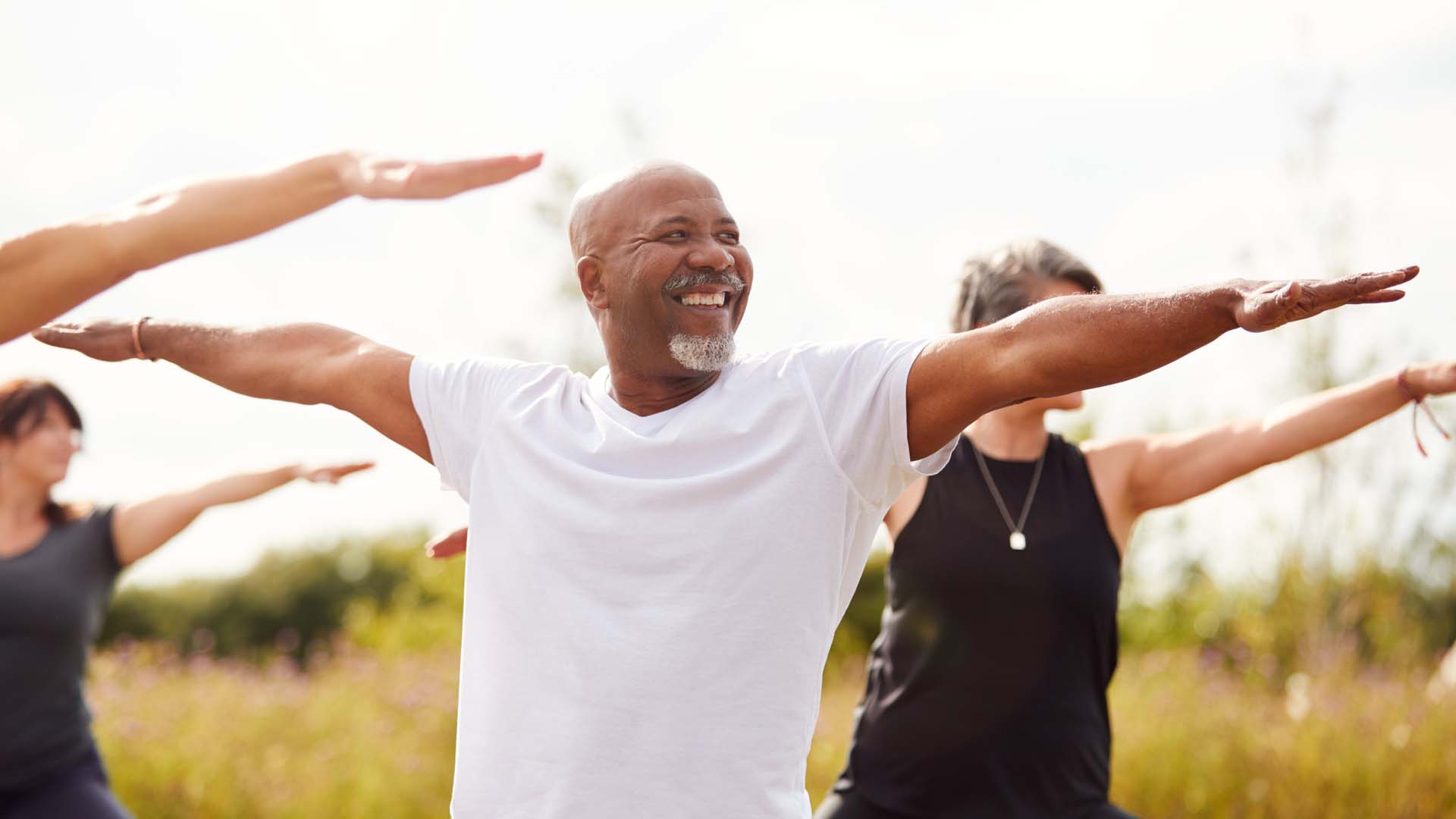
As we age, we may start to feel a little unsteady on our feet, which is why good balance is key to maintaining good health into our golden years. The better we can balance, the less likely we are to fall – and studies have shown that being able to stand on one leg for ten seconds can indicate a longer lifespan.
There are lots of ways to improve your balance, from yoga to tai chi, but you can easily improve your balance from the comfort of your living room – you can even do it in just a few minutes a day.
I've created a workout of ten exercises to support good balance and improve your core strength.
Our bodies have what’s known as proprioception mechanisms. Our proprioceptors are found in muscles, tendons and joints. They constantly check movement and muscular tension, and signal to our brain the necessary controlling responses.
We also have a kinaesthetic ability – we need to be able to judge distance and space in order to make the right movement decisions. We do this when running downhill at pace, for example. As our foot moves towards the ground, we judge in real-time how it will land and adjust accordingly.
Although much of what’s often called our "sixth sense" is innate, our proprioception and kinaesthetic mechanisms can be trained, and this is where specific balance workouts come in. Our musculoskeletal system has muscles that are specifically designed to control movement.
For example, we have two main calf muscles – the soleus and the gastrocnemius. The former is the stabilising muscle while the latter is the power producer. Different movements target these stabilising and power producers, which is why the following exercises are invaluable.
These exercises are all tailored to improving your balance. Don’t worry if you can’t do them all just yet – watch my demonstrations below, then work your way up to the more challenging moves.
Function: creating imbalance to control balance. This is also a great dynamic stretch.
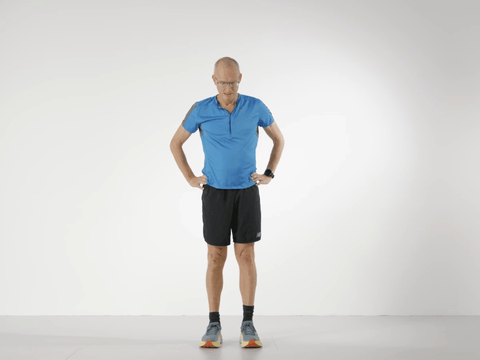
Function: stabilisation. This exercise will also strengthen hips, knees and ankles, and improve posture.
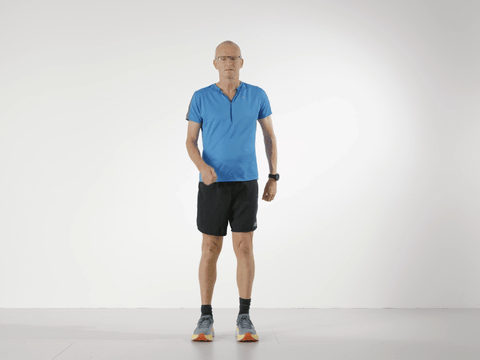
Function: dynamic balance. You will need to control lateral movement and create stability as arms move.

Function: dynamic balance – great for improving control.
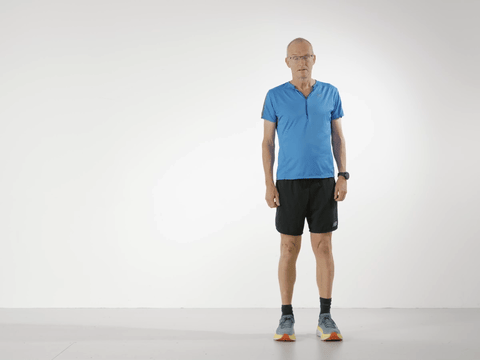
Function: lower leg control. This balance exercise will also help to strengthen the Achilles tendon.
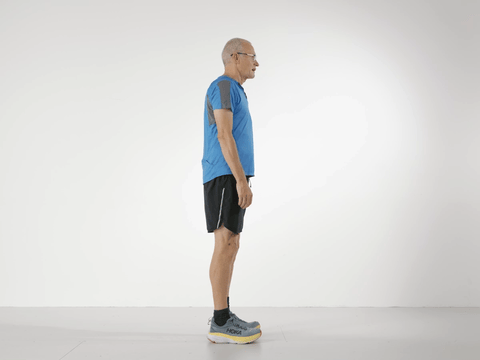
Function: core strength and proprioception.
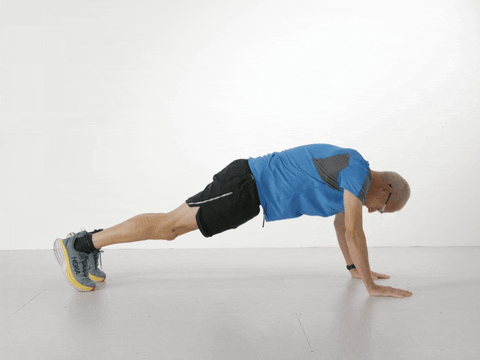
Function: kinaesthetic awareness and dynamic balance. This exercise will really test your sixth sense.
This is an advanced exercise, so if unsure of your ability then start at walking pace. Make sure there is nothing behind you before starting.
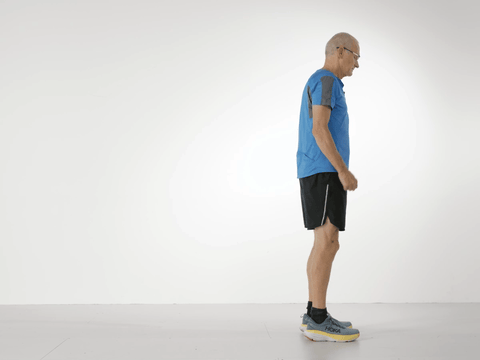
Function: balancing strength.
Function: dynamic balance and force absorption.
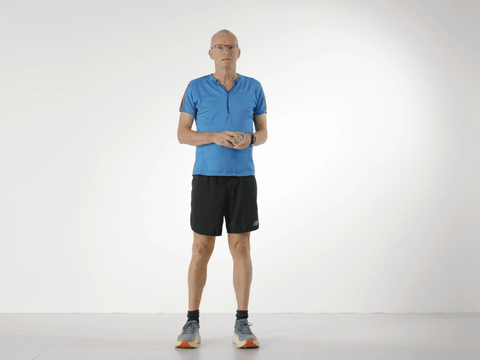
Function: multi-tasking balance test.

Paul Larkins has been a sports journalist for more than 30 years, covering two Olympic Games, one Paralympics, numerous World Championships and, most recently, the Commonwealth Games in Birmingham in 2022. He’s also been a magazine editor, heading up titles covering everything from running to cooking and buying tractors.
But his real passion is running. As a former GB International athlete and sub-4-minute miler in the 1980s, Paul has a great understanding of life-long fitness and the benefits it can provide.
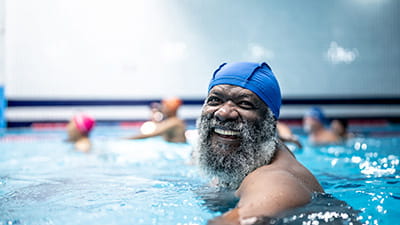

Health insurance for people over 50 that provides a quicker route to diagnosis and planned medical treatment in a private facility.
Underwritten by Bupa Insurance Limited.
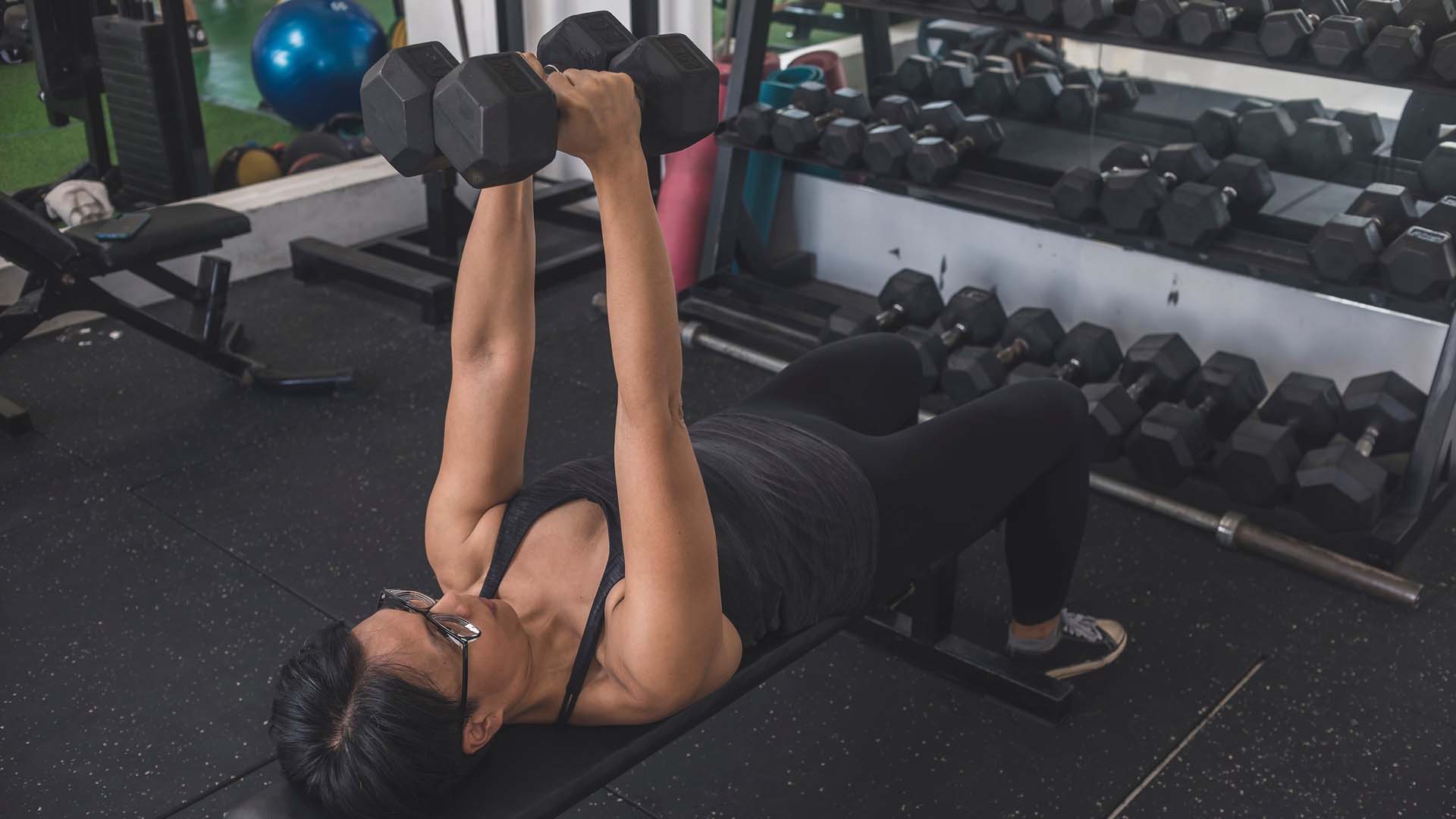

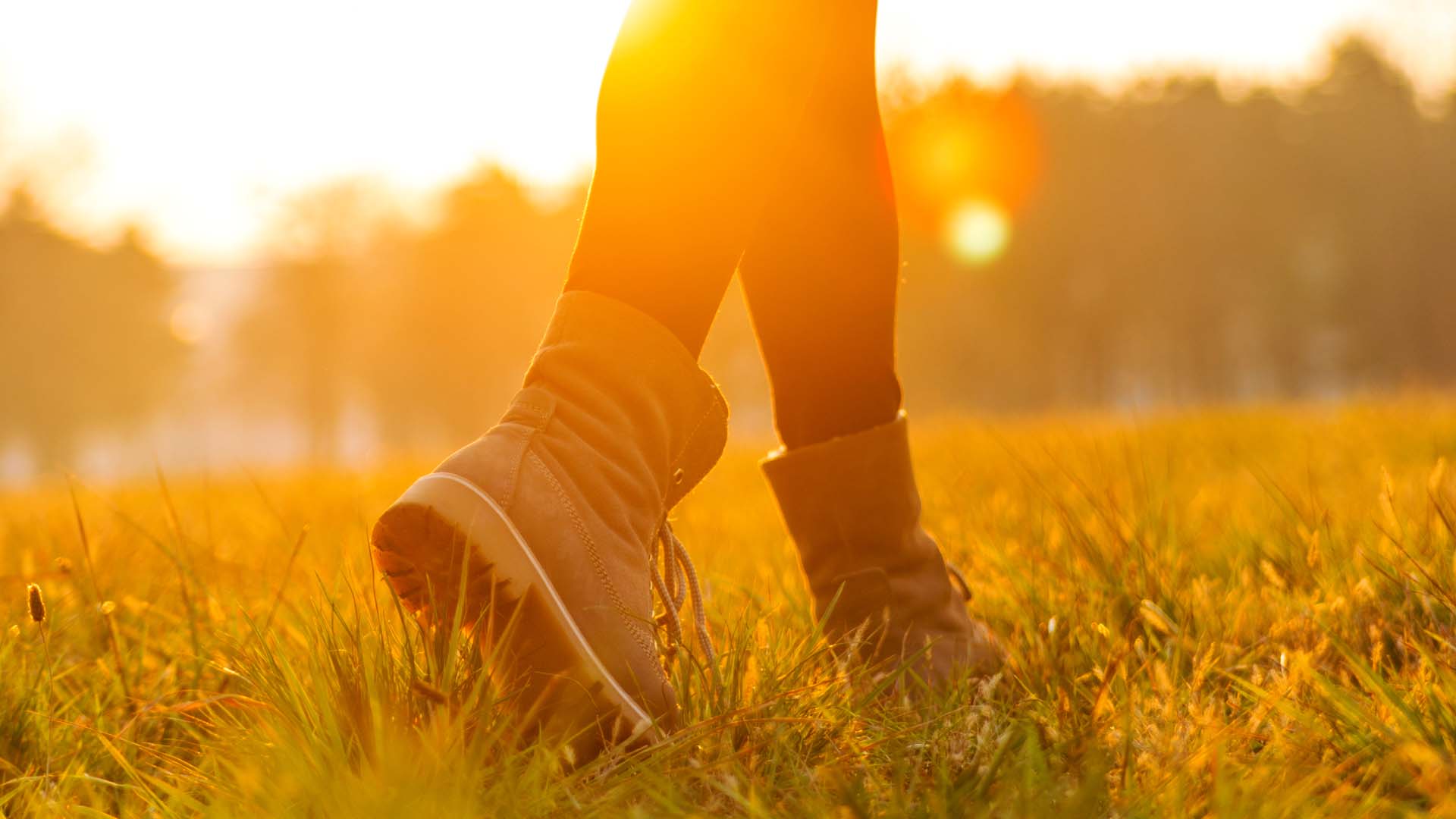
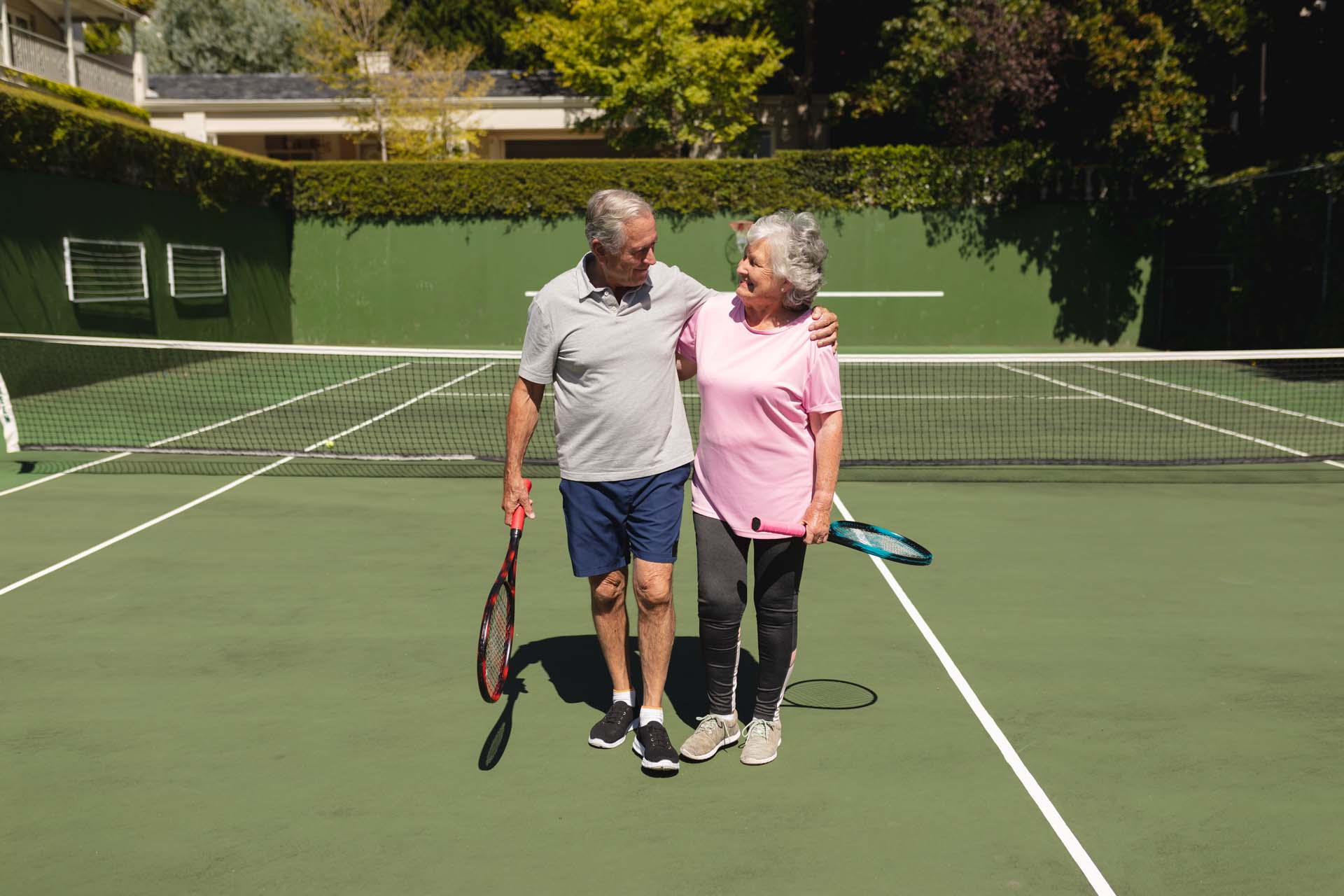
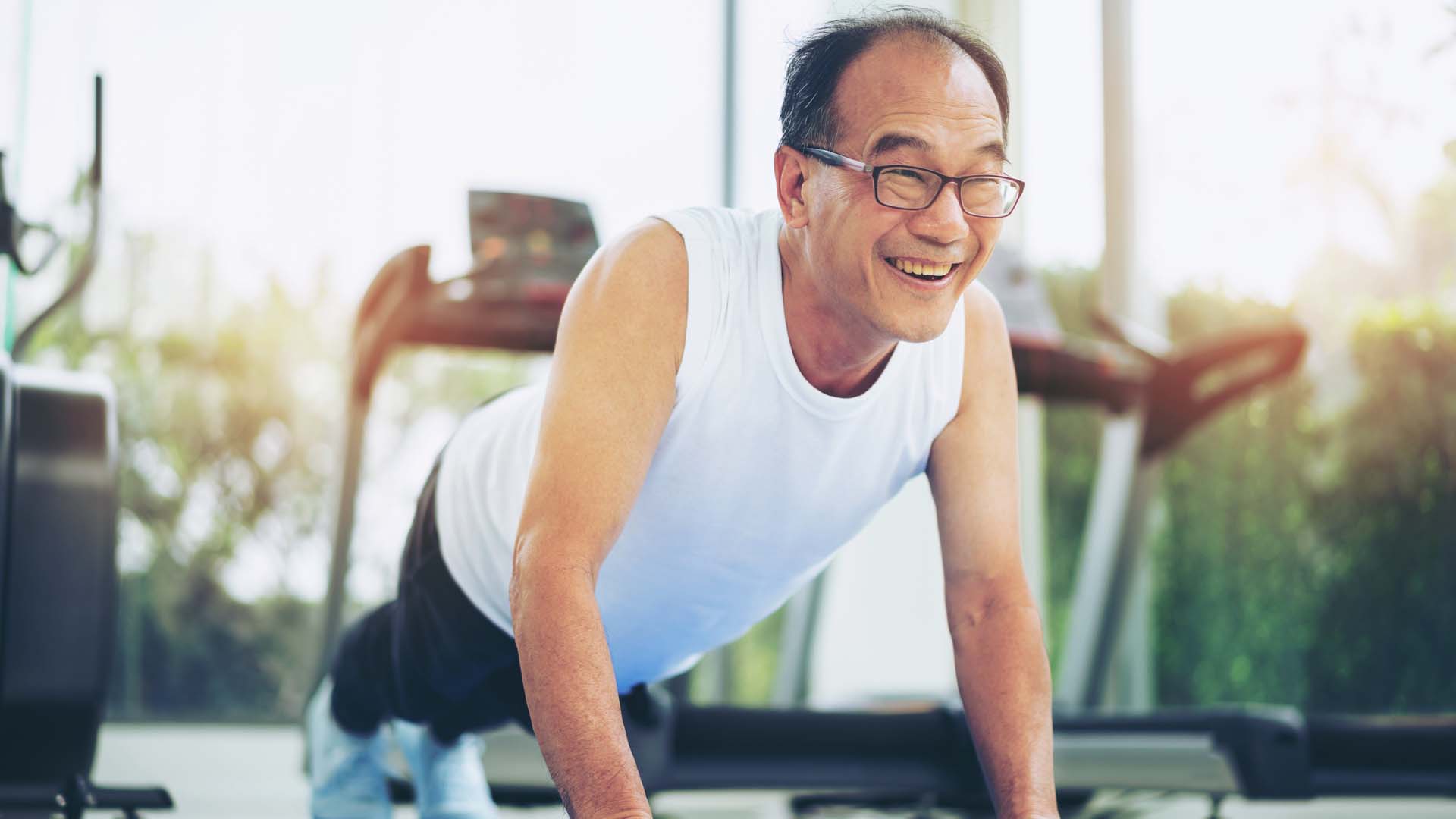
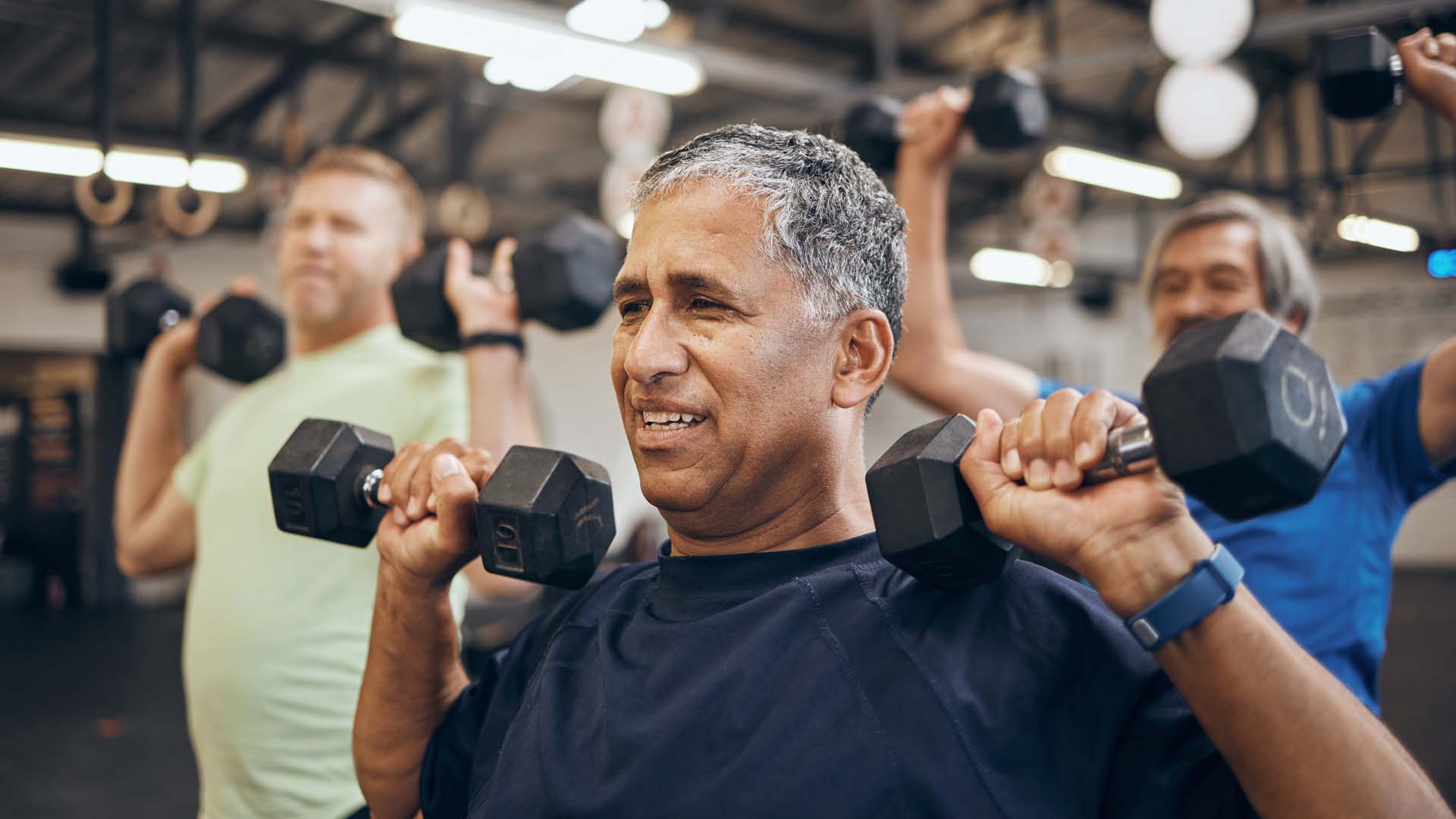
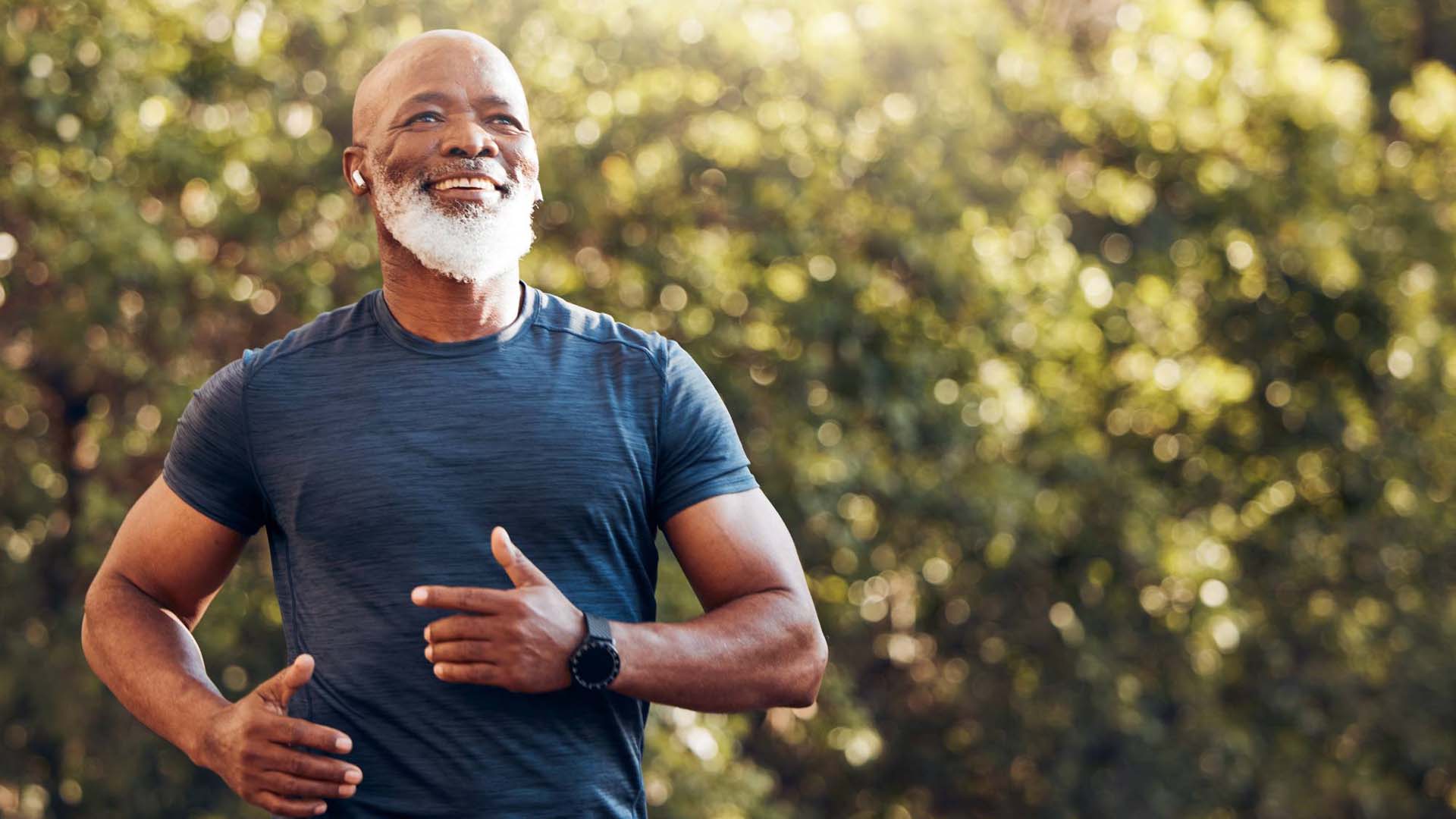
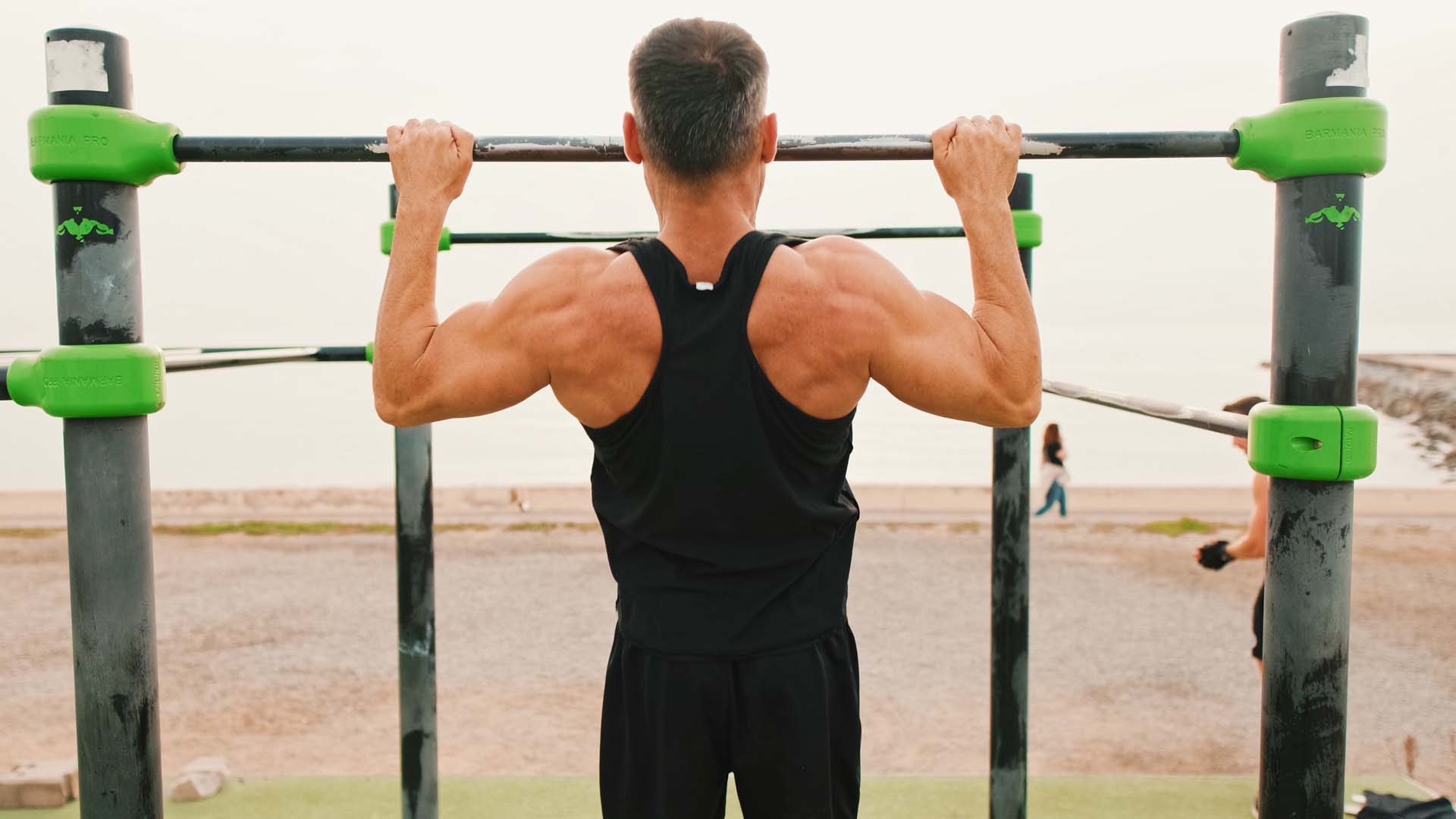
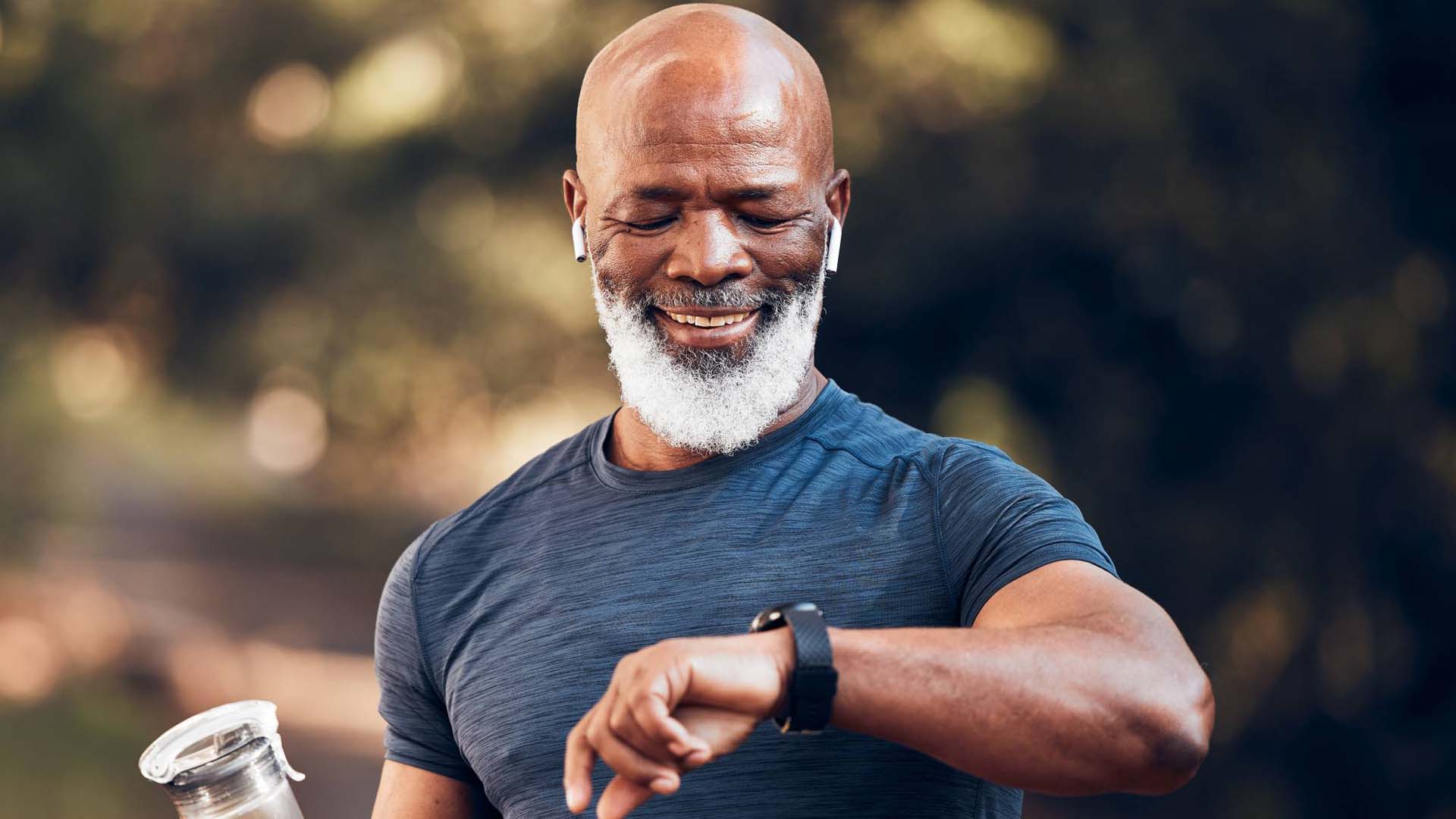
Your questions answered about what really is a good 5k time.